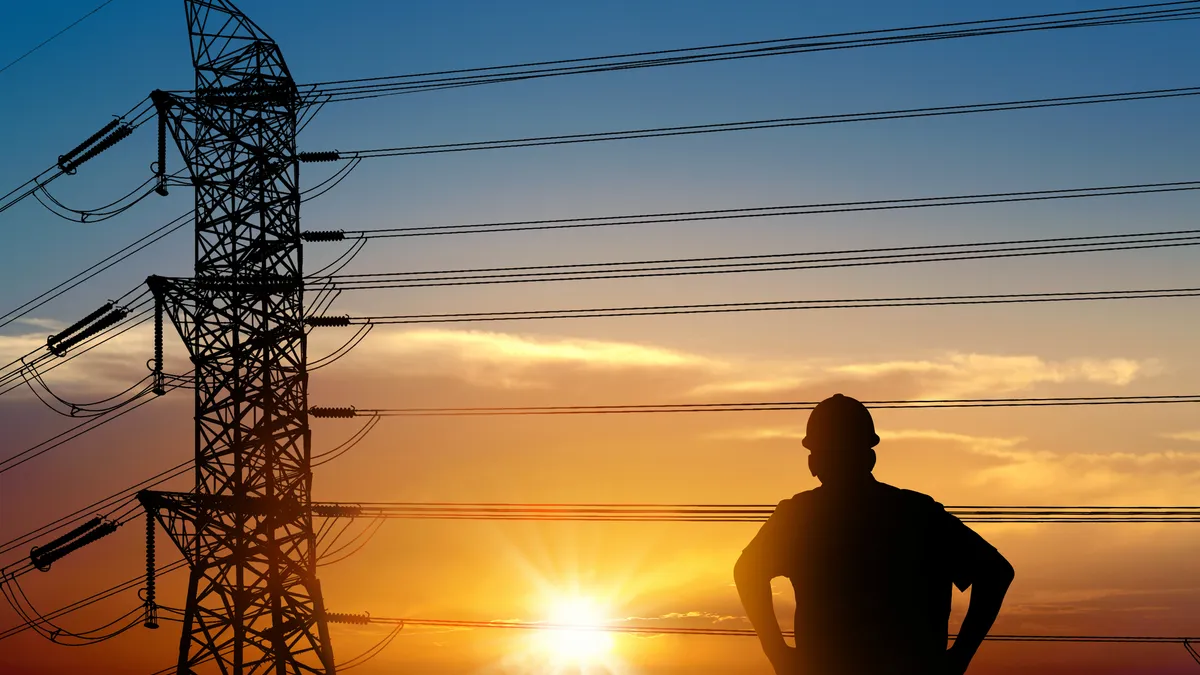The only thing today’s power system has left in common with the 20th century grid is that the standard is still cost-effective reliability.
Today’s grid operator does things that were fairy tales in 1999. Iowa and South Dakota got over 25% of their electricity from renewables in 2013. Nine states get over 12%. Ireland, Spain, Portugal, Denmark, and Germany are over 20%. Xcel Colorado went over 60% one May day in 2013. Texas grid operator ERCOT went over 29% in March of last year.
To reliably and cost-effectively integrate those levels of variable renewables, grid operators are developing new tools and learning a new language.
“It is more useful to look at what the power system needs in terms of energy, capacity, and flexibility and what the best resource mix is,” explained American Wind Energy Association (AWEA) Research Director Michael Goggin, “rather than categorizing resources with terms like base-load that aren’t well-defined and don’t sync up that well with what grid operators actually need.”
In anticipation of Federal Energy Regulatory Commission (FERC) testimony by AWEA on the role wind can play in driving compliance with the EPA's proposed Clean Power Plan, Goggin produced a new report, "Wind Energy Helps Build a More Reliable and Balanced Electricity Portfolio." It is based on grid operators’ real-world experience and over a dozen studies by grid operators showing renewables can reliably supply 20% to 40% or more of U.S. electricity demand.
Variability & uncertainty aren't new for the grid
The single thing that renewables, and especially wind, have shown is that at the power system level their rapid variability is insignificant, Goggin said.
“Contrary to most people’s intuitive experience that winds are variable and electricity demand and supply is stable, the opposite is actually true at the grid operator scale,” according to Goggin’s report. “Grid operators already deal with large fluctuations in electricity supply and demand. In fact, the gradual and predictable changes in wind power are much easier for grid operators to address than the large-scale outages that can occur at conventional power plants.”
Even the grid of a generation ago could handle big supply and demand shifts, Goggin pointed out. A graph of the grid during a 1990 World Cup semi-final match showed demand fluctuations between 26 GW and 30 GW over the 2-hour period.
“You see similar things happen every day as factories come on- and off-line, as people turn appliances and air conditioning on and off, and with conventional power plants’ planned or unplanned outages,” Goggin said.
To deal with supply-demand variability, grid operators learned to use large operating areas and flexible resources. In drawing on natural gas in a pipeline or water behind a dam when a coal plant suddenly went off-line, a grid operator was essentially using energy storage.
“Grid operators only care about the total variability of the power system,” Goggin said. “They don’t care what any one plant is doing.”
Energy, capacity, and flexibility
To manage a power system’s variability, the grid operator needs three things, Goggin said: “Energy, which is megawatt-hours, capacity, which is the ability to produce power on demand, and flexibility, which is the ability to change output as supply and demand change.”
No resource economically provides all three. Resources traditionally thought of as base load, like wind, nuclear, coal, and combined cycle gas, can provide large volumes of low cost electricity, Goggin said, but it is usually not cost-effective to use them for capacity or flexibility. Less expensive but less efficient power plants like combustion gas turbines are useful for capacity and flexibility because they are used only infrequently.
“Grid operators reliably and cost-effectively meet the needs of the power system with a diverse portfolio of resources,” Goggin emphasized. Major grid operators around the country underscored his point.
“Considerations of resource capabilities and the abilities to flex down and ramp are going to be increasingly important,” agreed California Independent System Operator Vice President Mark Rothleder.
“Flexibility is considered in daily operating plans,” ERCOT Spokesperson Robbie Searcy explained. In ERCOT’s most recent reserve margin adequacy calculation, both wind and solar were given new capacity values.
“PJM draws on a diverse generation mix and does not dispatch based on the type of generation,” explained PJM Communications Consultant Paula Dupont-Kidd. “To assure that generation which successfully cleared the capacity auction is available to run when needed and called on, PJM is asking the Federal Energy Regulatory Commission to approve its proposal for incenting performance and penalizing non-performance.”
New wind turbine power electronics make it possible for wind to support and protect grid operations, sometimes in ways conventional power plants cannot, Goggin said. “Wind operates as a base load resource in maximizing energy production but it can be economic to use it for flexibility, as Colorado grid operator Xcel Energy does for a few crucial hours every year.”
With smart inverters and smart transformers, solar can similarly be a tool for grid operators, SunPower Vice President of Policy Tom Starrs recently told Utility Dive. It can prevent feeders from being saturated and can allow utility customers “to do demand response, to do load shifting, and to sell excess and stored solar generation into ancillary service markets.”
In most areas, wind and solar profiles fit well, Goggin said. “The wind output profile is stable over a large area and as solar is added the system becomes even more stable.”
Capacity factors and reserves
Much is made of capacity factor differences between renewables and conventional resources but, Goggin said, the differences in most cases are not that big. New turbine technology has boosted wind’s capacity factor, the energy produced in a year divided by 24/7/365 production, to between 40% and 50%.
Across all types of gas generation, the capacity factor is in the low 20% range. Even excluding little used combustion turbines, the combined cycle plant capacity factor is in the high 40% range, comparable to hydroelectric plants and new wind projects, Goggin said.
Nuclear is much higher, in the 90% range, and coal plants are in the mid-50% range, but both have other drawbacks.
“No power plant runs at 100% all year long. They all have outages or stop for refueling,” Goggin said. “The gradual changes in wind output are relatively easy for grid operators to accommodate. Sudden conventional power plant failures require very fast acting reserve generation.”
ERCOT data shows conventional power plant reserves cost 76 cents per monthly electric bill, about 17 times higher than the 4 cents per monthly electric bill cost to back up wind. The cost per MW-hr for wind back-up is about half the cost per MW-hr of reserves for conventional generation.
“The reality is there are many ways a grid operator can piece together a reliable and cost effective power system but no single resource can provide everything,” Goggin said.
A flexibility supply curve from NREL researchers shows that the most cost-effective options for increasing reliability are grid operating reforms because there is already more than enough flexibility on the system, Goggin explained. At extremely high levels of renewables, flexibility resources do become more important and things like demand response, new fast-ramp gas turbines, or energy storage might be viable.
“It is an economic question,” Goggin said. “There is no one answer.”
Renewables and the Clean Power Plan
Many utilities and grid operators have expressed concern that the EPA's Clean Power Plan would threaten electric reliability if enacted as currently proposed. Although agency officials have hinted strongly that the most controversial aspects of the plan will change, recent studies have indicated that the regulations may not pose a threat to reliability if enacted properly. In any case, grid operators say they can do nothing more than speculate about the plan's concrete impacts on reliability until the final rule is announced this summer.
In any case, Goggin told Utility Dive, increased renewables will help utilities and grid operators enhance the flexibility and reliability of the power system.
“Total non-hydro renewables are already at EPA projections for 2020 and they are expected to exceed EPA 2020 to 2030 projections,” Goggin said. “That will reduce the burden of compliance obligations on other sectors and help grid operators and utilities meet CPP requirements reliably.”






















